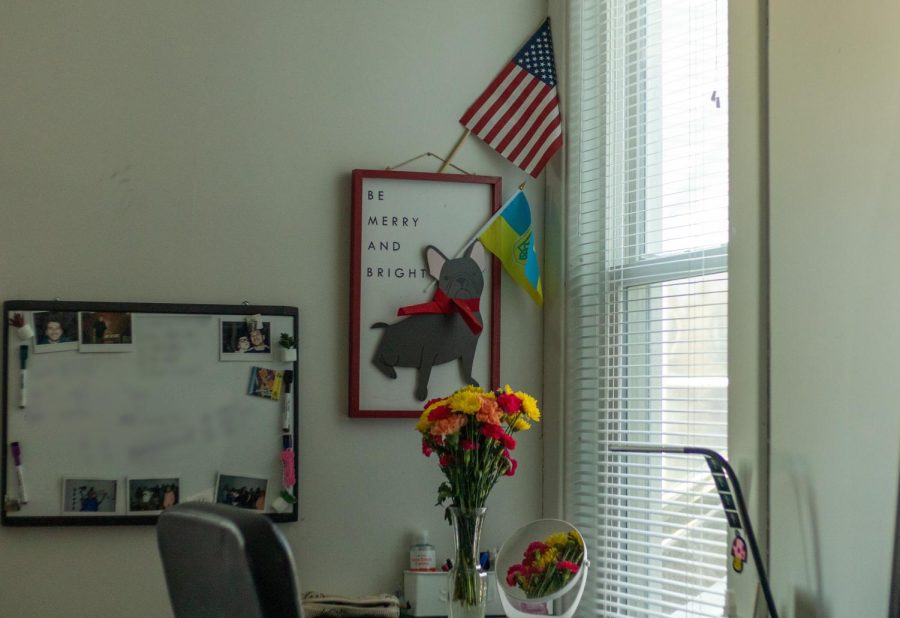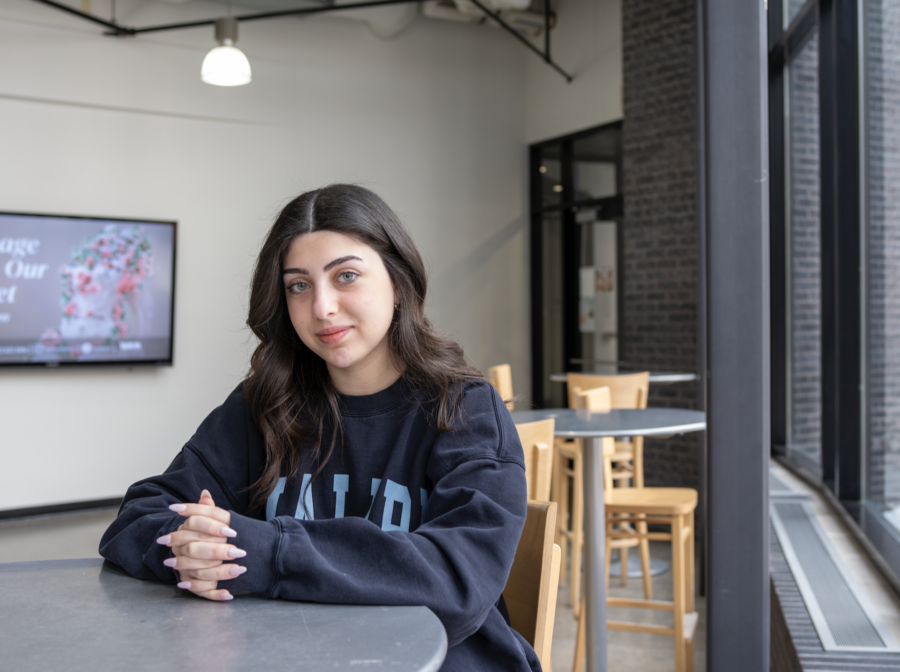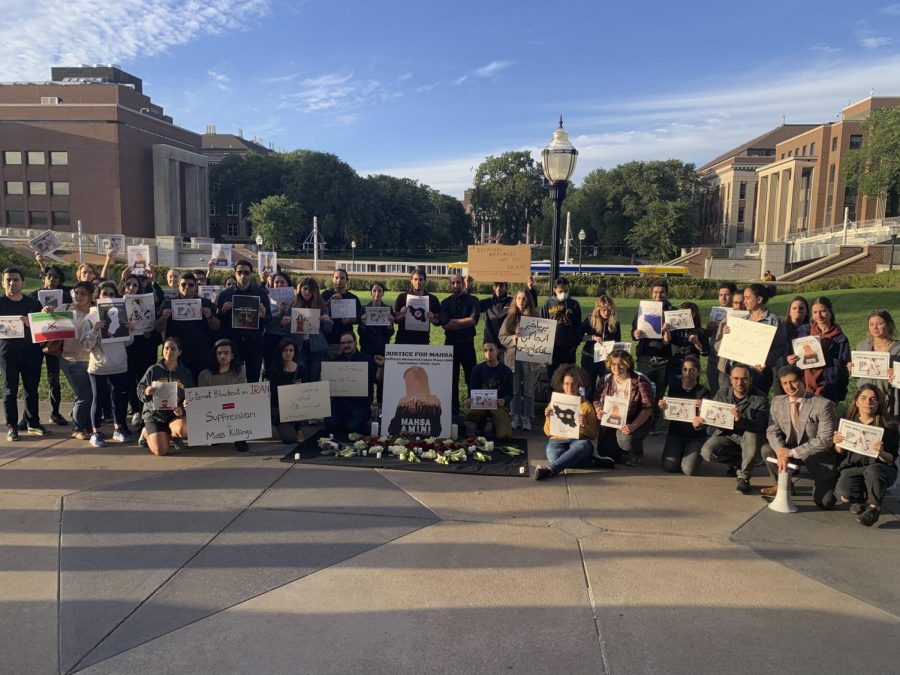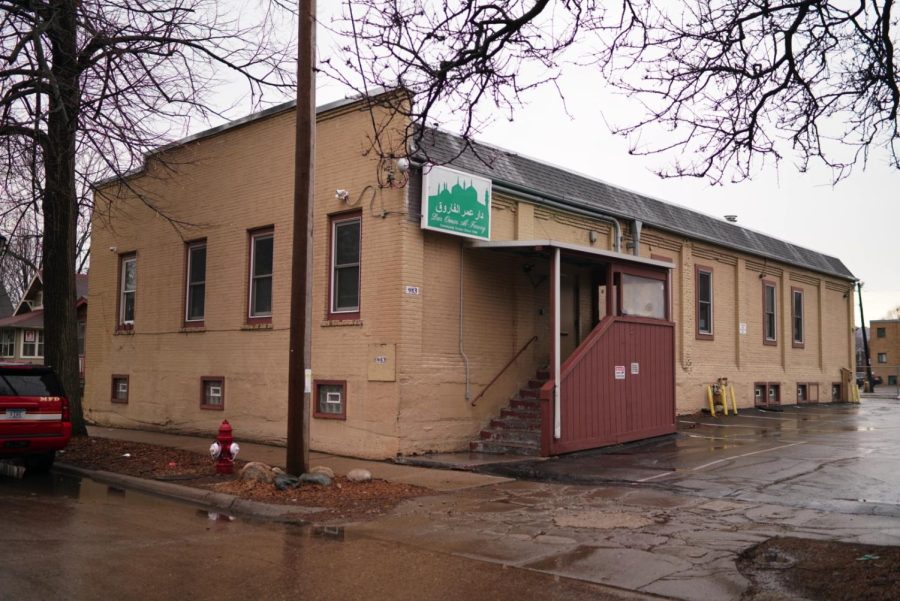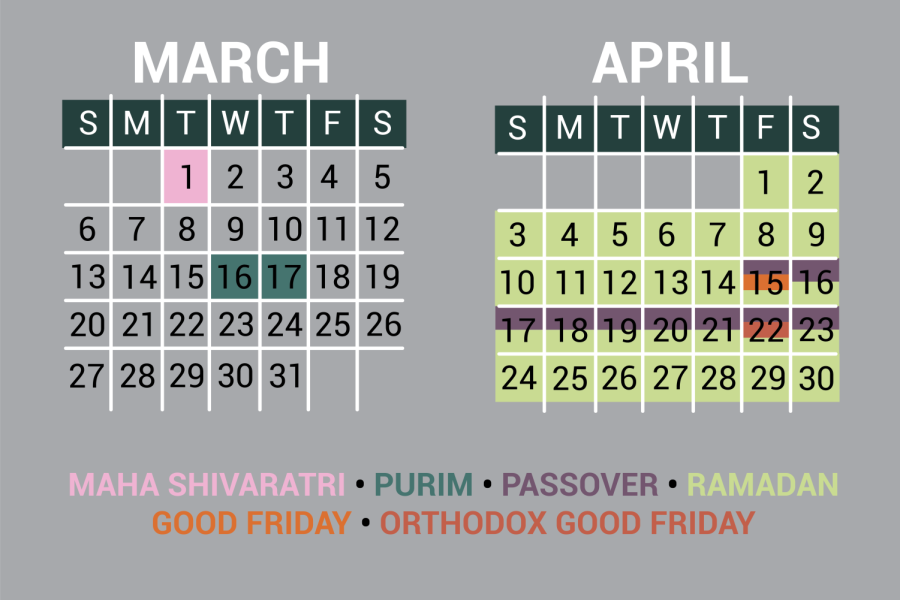An estimated 1,000 Minnesotans joined tens of thousands of protesters in Washington, D.C., last weekend to protest a possible war in Iraq.
According to International Act Now to Stop War & End Racism – the group responsible for organizing the demonstration – approximately 800,000 people from 45 states converged on the nation’s capitol to protest a possible war with Iraq.
The group, which demands the elimination of U.S. weapons of mass destruction and the creation of a people’s inspection team, held a rally on the west side of the Capitol on Saturday and later marched on the Washington, D.C., Navy Yard – a military installation in a southeast working-class neighborhood.
The rally and march followed an October protest, also arranged by International ANSWER, that drew approximately 100,000 people – a turnout organizers and police said was the largest antiwar demonstration at the nation’s capitol since the Vietnam War protests.
Counterprotesters, including the Washington chapter of the national organization Free Republic and Marines and Other Veterans Engaging Outrageous Un-American Traitors, rallied at 9 a.m. Saturday at Constitution Gardens on the Capitol Mall and later greeted marchers outside the U.S. Marine Corps barracks.
“This time, there were 220 organizing centers in 45 states, which is 70 more than in October,” said Jessica Sundin, a member of the steering committee for the Anti-War Committee, which organized eight buses from the Minneapolis area to attend the protest.
“This will be among the biggest (protests) in U.S. history,” she said.
Sundin said Minnesotans from across the state attended, arriving on buses from Duluth, Rochester and Minneapolis.
“People have become more and more interested,” said Melissa Williams, a University graduate student and Anti-War Committee member. “We started out with four buses, and we’ve doubled that request. People are recognizing that with the way we are going, a draft will be enacted, and their personal safety is being endangered.”
Friday morning, 362 people bundled in sweaters, jackets and blankets boarded the Anti-War Committee-sponsored buses with protest signs in tow.
Sundin said at least half of the bus riders leaving from Minneapolis were high school and college students and that the sheer number of protesters should send a message to the George W. Bush administration.
“I think it’s clear that the American public does not support this war, and I feel it’s against the best interest of most Minnesotans to go to war,” she said.
Several people who were not registered, including St. Paul resident Mike Milam, showed up with hopes to take vacated seats.
Milam registered other riders for nearly an hour before he found a seat on the bus.
“I think everybody should do what they can because if everyone did something we could make some progress,” Milam said.
Not all would-be protesters were as lucky; four were left without seats.
St. Joan of Arc Catholic Church also arranged four buses to transport 192 passengers on the 24-hour trek from Minneapolis.
University sophomore and Anti-War Committee member Erika Zurawski said the trip to Washington, D.C., which cost Anti-War Committee riders from $135 to $145 per seat, was well worth the price.
“The only way that things will ever change is movement by the people,” Zurawski said. “I can’t imagine Bush looking out his window and seeing hundreds of thousands of people and not knowing what he’s doing is unopposed.”
Many Minnesotans said they were undeterred by counterprotesters.
“It’s just a distraction,” Zurawski said. “We choose to focus on what we came to say.”
Steff Yorek, a University clerical worker and 1995 University graduate who protested the Gulf War, said the current protests are of a much greater magnitude.
“The world context is different. There is not a world consensus against war, and so the voice within the United States needs to be heard,” Yorek said.
Protesters were also unconvinced that U.N. weapons inspectors would find just cause for war in Iraq, despite the recent find of empty chemical warheads.
“First of all, (the chemical warheads) were empty,” Zurawski said. “And Ö I’m against the inspectors to begin with because the U.S. shouldn’t be playing the imperial role by telling people what weapons they can and cannot have.”
Many protesters said the Sept. 11 terrorist attacks encouraged their antiwar involvement by making them aware of international perceptions of the United States.
“(The attacks) really galvanized to people that their actions abroad really affected their everyday lives,” Williams said.
A University student and protester who asked to remain anonymous due to pending citizenship said Sept. 11, 2001, and following events also motivated him to get involved.
“All the rhetoric that’s being used lately is either citizen or noncitizen Ö and I’m worried about my rights,” the student said. “The only way the government is going to take us seriously is to get actual, physical bodies on the street.”
Regardless of age, background or citizenship, all protesters shared one thing: hope.
“I’m realistic enough to realize that the Bush administration is dead set on this war,” Williams said. “But when I hear that 500,000 people are going to be protesting in D.C., it gives me hope.”


